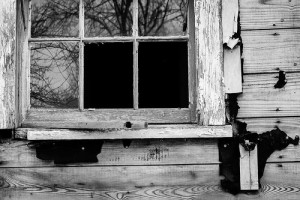 Here at Omaha Door and Window, we take the safety of our clients very importantly. We go to great lengths to make sure all of the products and services we provide are at their best.
Here at Omaha Door and Window, we take the safety of our clients very importantly. We go to great lengths to make sure all of the products and services we provide are at their best.
Window security is no joke. According to statistics gathered by Alarm.org, nearly 30 percent of burglaries occur without resorting to force. In other words, these burglaries are preventable—so long as you keep an eye on your window and door locks.
What’s more, security issues aside, having a broken window lock can actually damage your windows. Today, we’re going to cover why and how you can secure and replace a broken window lock. Take a look below:
More than just security
Believe it or not, the locks on your windows provide more than just security. Locks are also made to ensure the top sash is all the way up and the bottom is down. As such, a broken lock can cause more problems than you’d expect. A broken lock:
Can let in the elements. A window that isn’t locked is more likely to open due to gravity forcing it down. In turn, your home is prone to the elements outside such as rain, dust, and snow. When these get through your windows and into your home, serious problems can occur.
Creates drafts. This is simple: improperly sealed and locked windows let air in, reducing the energy efficiency of your home and often resulting in a higher energy bill. If you can’t secure your window, you’re missing out on key efficiency benefits.
Security and safety
Of course, security issues matter, too! As we mentioned above, nearly 30 percent of burglaries occur without forced entry. This can result in a breach of privacy and the loss of possessions, and also endangers your family. What’s more, should you need to quickly exit your home when a fire or other risk blocks access to a door, a faulty lock or window can obviously become a real danger.
What you can do
There are ways to replace your locks, but your best bet is to replace the window.
Most old windows have one lock at the center of the window, which can be easily opening by jamming a butter knife between the sashes and undoing the lock. Windows with center locks also tend to flare on the sides, which can result in gaps and poor insulation. Newer windows, however, have two locks which help prevent flaring and damage to your window. What’s more, they’re also much more difficult (if not impossible) to open from the outside because the sashes interlock.
As we hope you’ve learned today, a broken or faulty window lock is more than just a security issue. More often than not, a window that won’t lock is a sign of a larger problem which will likely lead to the window needing to be replaced. Keep an eye out on your windows and make sure you aren’t creating additional risks to your home.
—
photo credit: Week 9: B&W – Entropy via photopin (license)
